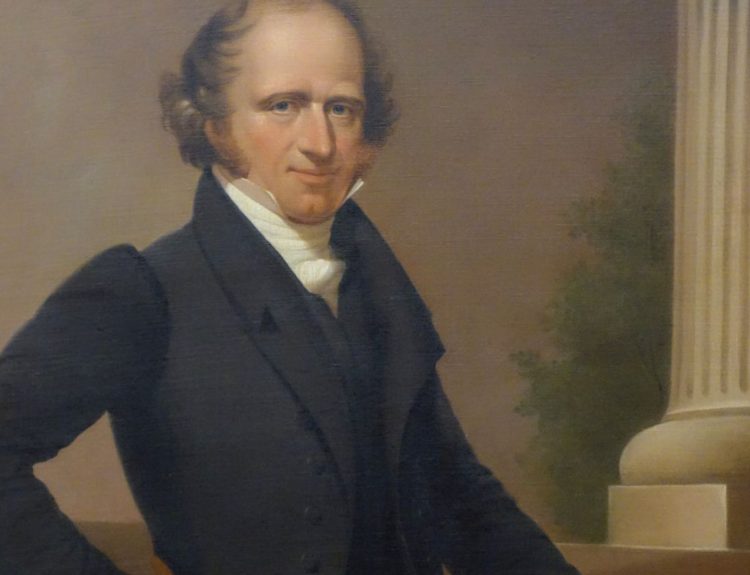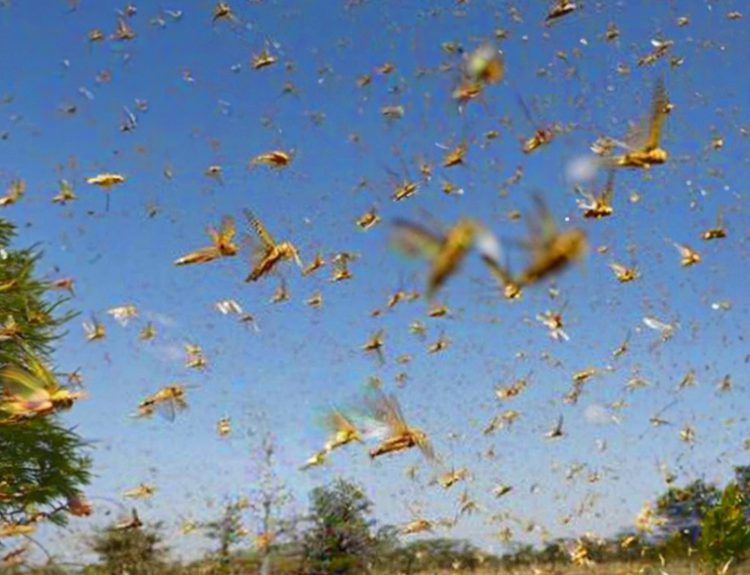It might be considered one of the most astute business deals that was ever made. At the time, however, very few people gave the clever politician much credit. In fact, William H. Seward was ridiculed by some for signing the cheque. Now, 157 years later, the then US Secretary of State, Seward, decision to purchase Alaska from Russia has been proven to be immensely beneficial.
For just $7.2m, America bought themselves a state, very easily the biggest one to date. Not only that, but the land is rich in both gold and oil reserves. Fow what would now be $130 million, the United States invested not just financially, but also weakened a rival. A decision made over a hundred years ago has continued to benefit the U.S. in many ways.
Reluctant
The sale of Alaska, which was originally bought reluctantly, would indicate the beginning of resentments and hostilities between the two nations. Tensions that would mount and maintain long past the Cold War, it can even be seen in recent mentions of Russia ‘taking back’ the chilly US state.
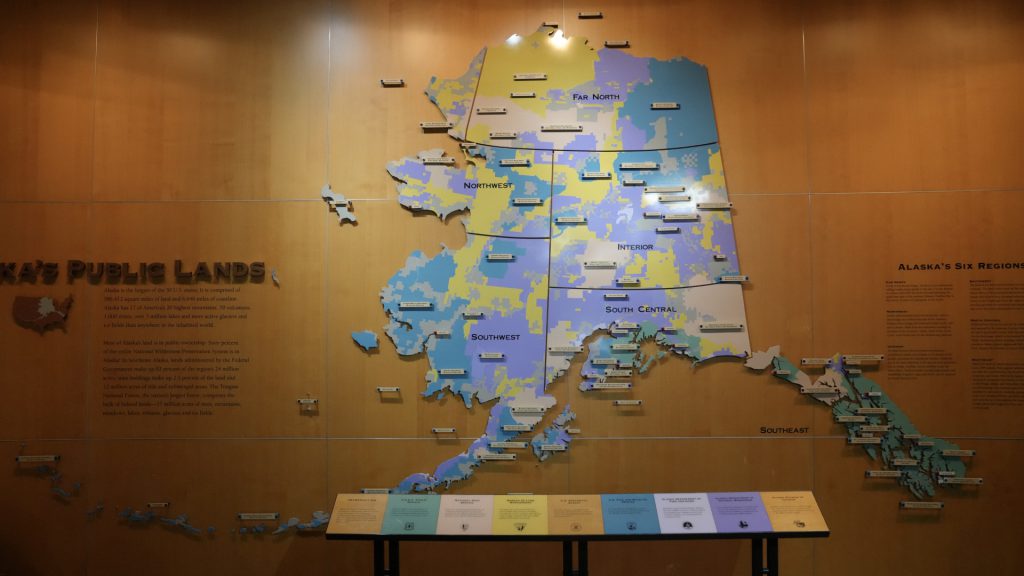
A senior parliamentarian, Vyacheslav Volodin, hinted that Russia could attempt to reclaim Alaska. “Decency is not weakness,’ he said. ‘We always have something to answer with. Let America always remember, there is part of its territory… Alaska. When they start trying to dispose of our resources abroad, let them think before they do so that we also have something to get back.”
Politicians
During the negotiations for the Alaska Purchase, critics mockingly named it “Seward’s Folly.” They also referred to it as “Johnson’s Polar Bear Garden,” “Russian Fairy Land” and, most amusing of all, ‘Walrussia’. Seward ignored them and continued on with the deal.

Eventually, he would negotiate a price of 36 cents per acre. An remarkably low price considering how much money the U.S. would profit from the wealth of gold and oil in Alaska. Not to mention the healthy revenue streams that come from tourism to ‘The Last Frontier’ state.
Few Americans
In 1867, Alaska was largely unknown to many Americans, located far beyond what most would even travel.
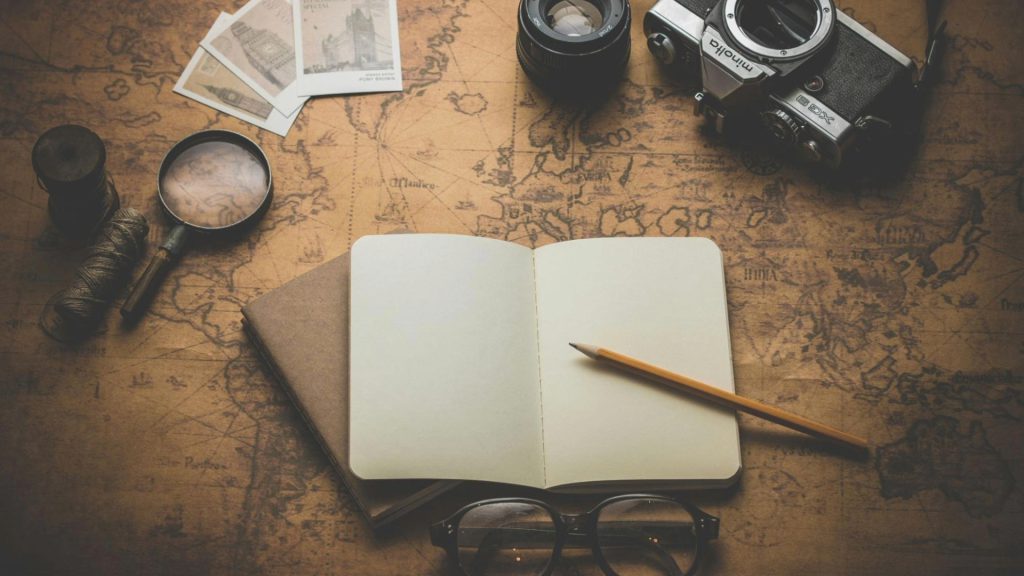
To those that knew it, it was seen as a barren tundra; a wasteland that consisted of nothingness. So when William Seward pushed President Andrew Johnson to buy the giant frozen landscape, he was mocked by many Americans. They wanted to know why he would waste time and resources on it? Especially during such a turbulent time for the country. The late 1860’s were riddled with the fallout from the United States Civil War. So buying Alaska seemed like it should be low on the priority totem pole.
William Seward
Today, William Seward, is widely praised for his role in the purchase. The truth is, that without the approval from President Johnson, the deal wouldn’t have gone through. He wasn’t the only Secretary of State that approved of buying Alaska, either. Many of his predecessors had fiddled with the idea.
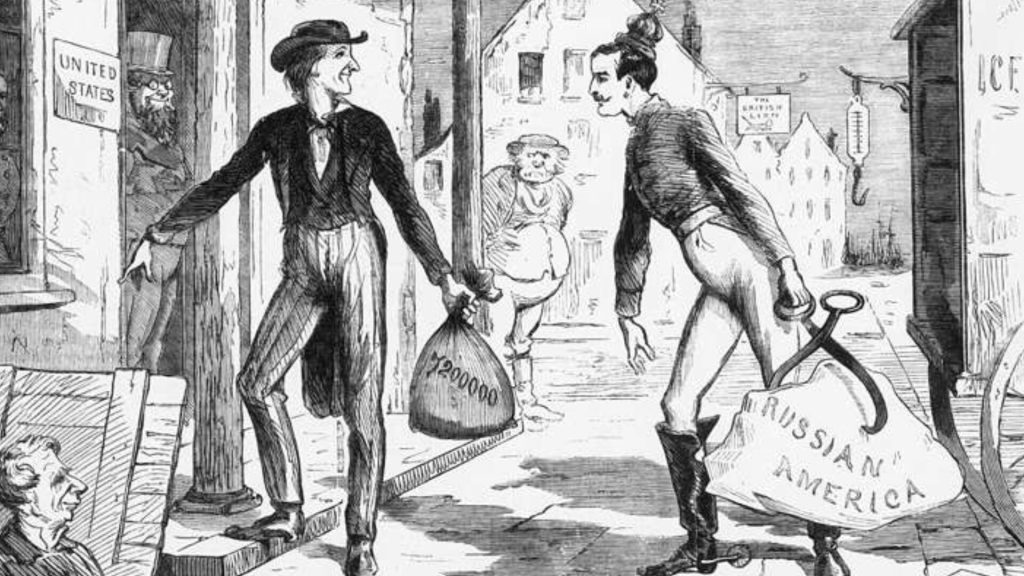
Several of Seward’s predecessors had also engaged in discussions of the purchase with Russian representatives, however, the agreements that would eventually break down.
Decisions
It might seem, from the 2024 perspective, that Russia made a significant whoops in selling Alaska to the United States. However, history and politics are seldom that straightforward.

The Russia of today, naturally would love to retain the resources of the land that sits only 55 miles from its easternmost point. At the time though they didn’t have much of a choice but to sell.
Why
So the question is why did Russia want to sell Alaska? Well, aside from the short distance between Russia and the Bering Strait, Russia is 4,000 miles away from Alaskan soil, making it really difficult to govern.

Another significant factor was, otters, as odd as that may sound. In the mid-19th century, the international otter fur trade was very lucrative, and Russia had been exploiting this trade for over a century. Russian poachers had almost hunted the sea otters to extinction by 1850’s. Without otters the Russians found no reason to be there. No otters? No point being there.
The Final Straw
Russia’s decision to sell Alaska was determined by multiple factors, with the Crimean War being the tipping point. Following their defeat to the British, French, and the Ottomans, Russia faced serious financial strain. The quickest way to recoup its financials was to sell its assets.

Russia preferred to sell to the United States, a country that was still young and hadn’t had any major issues with Russia at the time. If they chose to just abandon it, Britain (the enemy) would have most likely taken over and occupied the land. Ironically enough, it was this fear of the English that spurred the Americans on to agree a deal to purchase the land.
Worried
William L. Iggiagruk Hensley wrote in Smithsonian Magazine in 2017 that “The Americans worried that England might try to establish a presence in the territory, and the acquisition of Alaska – it was believed – would help the US become a Pacific power.”
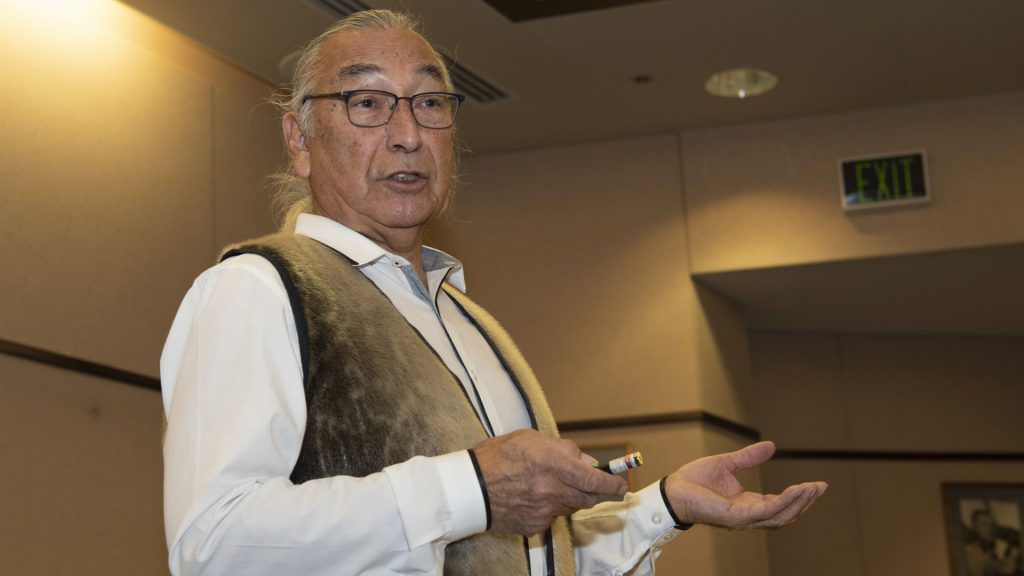
And overall the government was in an expansionist mode backed by the then-popular idea of “manifest destiny”’
Negotiations
Following an all-night session of rigorous negotiations, delegates from both sides finally came to an agreement. Hands were shook and contracts were signed at 4am on March 30, 1867. The official transfer ceremony took place six months after this in the Alaskan settlement of Sitka. Russian flags were lowered and US flags raised.
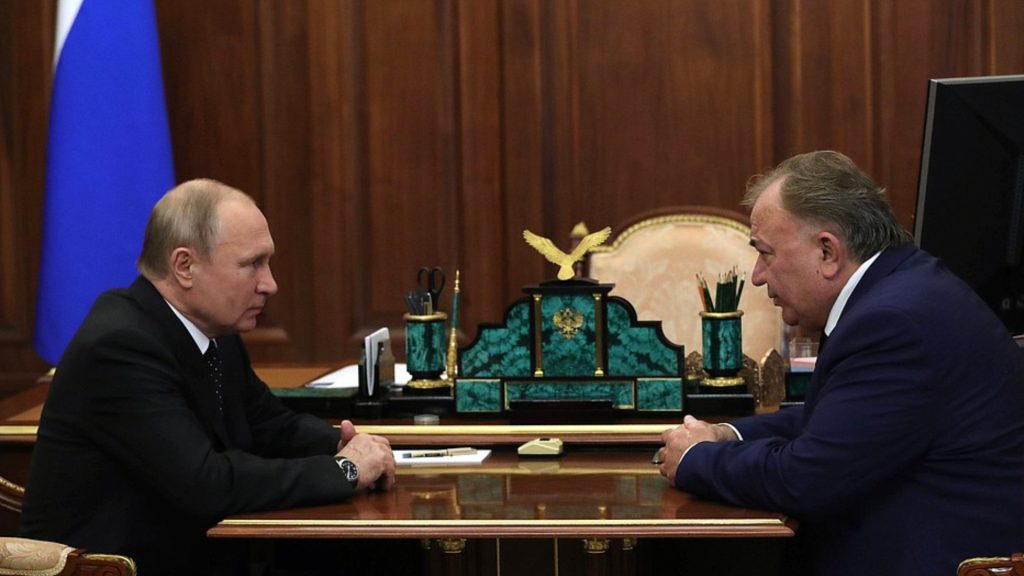
Naturally, not a single person that was indigenous to Alaska was consulted during these negotiations. Not one Inuit, Yupik, Aleut, Athabaskan, Tlingit or Haida community leader was spoken to.
Profit
Alaska began making a profit for the United States during the Klondike Gold Rush between 1896 and 1899. Which brought a significant amount of people and industry to the area.

It wouldn’t however be deemed an official U.S. state until 1959. When then-US President Dwight D. Eisenhower signed the Alaska Statehood Act, part of it saw America cede more than 104 million acres of the territory over to indigenous people. Which went some way to addressing the historical damage of freezing out the native population.




